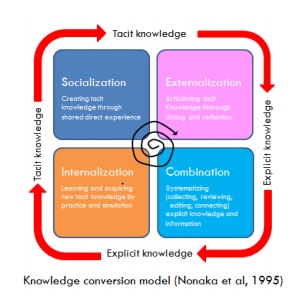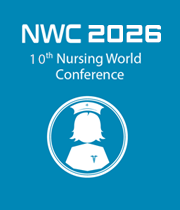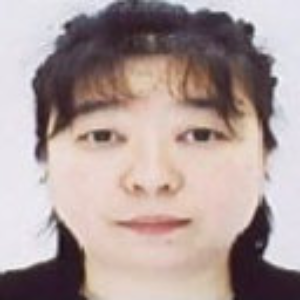Title : Challenges related to health-checkups and detecting health warning signs of adults with an intellectual disability living in the community
Abstract:
We would like to discuss how to provide adults with an intellectual disability (ID) living in the community with proper health-checkups by a single nurse, and how to detect health warning signs by their family.
In Japan, people with ID at the so-called “Sagyo-sho” (workplace) in communities by law are required to undergo an annual health examination. One nurse intervened at six workplaces for six months in a city area, and could successfully carry out previously difficult examinations such as svision tests and hearing tests. As a model proposal in the figure below, after assessing the workplace staff competency to deal with their user’s health check-up issues, a healthcare professional such as a nurse will select an intervention plan. If a workplace has no strategies in place for preparing for health check-ups, a plan for direct intervention will be chosen. As for direct intervention, prior authorization is needed from the workplace administrator, guardians, and users in order to conduct an intervention. If a staff member is trained and already has strategies in place for user health check-ups, a plan for indirect intervention will be chosen. For indirect intervention, it is essential to respect the competency of the workplace staff while improving and individual methods for preparing its users for health check-ups.
.jpg)
With the aim at detecting health warning signs of people with ID living in the community having difficulty in expressing their symptoms by their family, we selected a retrospective interview from a qualitative descriptive research design. As a result, when family members with ID had slight differences, their parents could detect them as health warning signs by intuition and knowledge that was cultivated by living together for more than 20 years. It, however, was difficult to express those differences in words to share with others. The families in this study could detect ID’s health warning signs using visible signs and their tacit knowledge. It is especially necessary to consider information on pain expression and toilet behavior for future research. We must also consider how to share tacit knowledge with family and medical staff using any models such as the knowledge conversion model shown on the right.

• As long as there is a single nurse, medical employee or faculty employee who is skilled and educated dealing with ID and health-checkup, we estimate that it would be possible to complete an intervention in one area within a period of six months.
• In daily life, it is important on health management for both guardians of people with ID and medical staff to share information on pain expression and toilet behavior as early as possible.
• If one desires accuracy of individual health evaluation method in one’s research, interviewing parents and facility staff and observing everyday life at home and work are effective, even though time consuming.
• Health problems of people with ID having difficulty to communicate are similar in the fields of dementia and pediatric nursing.



